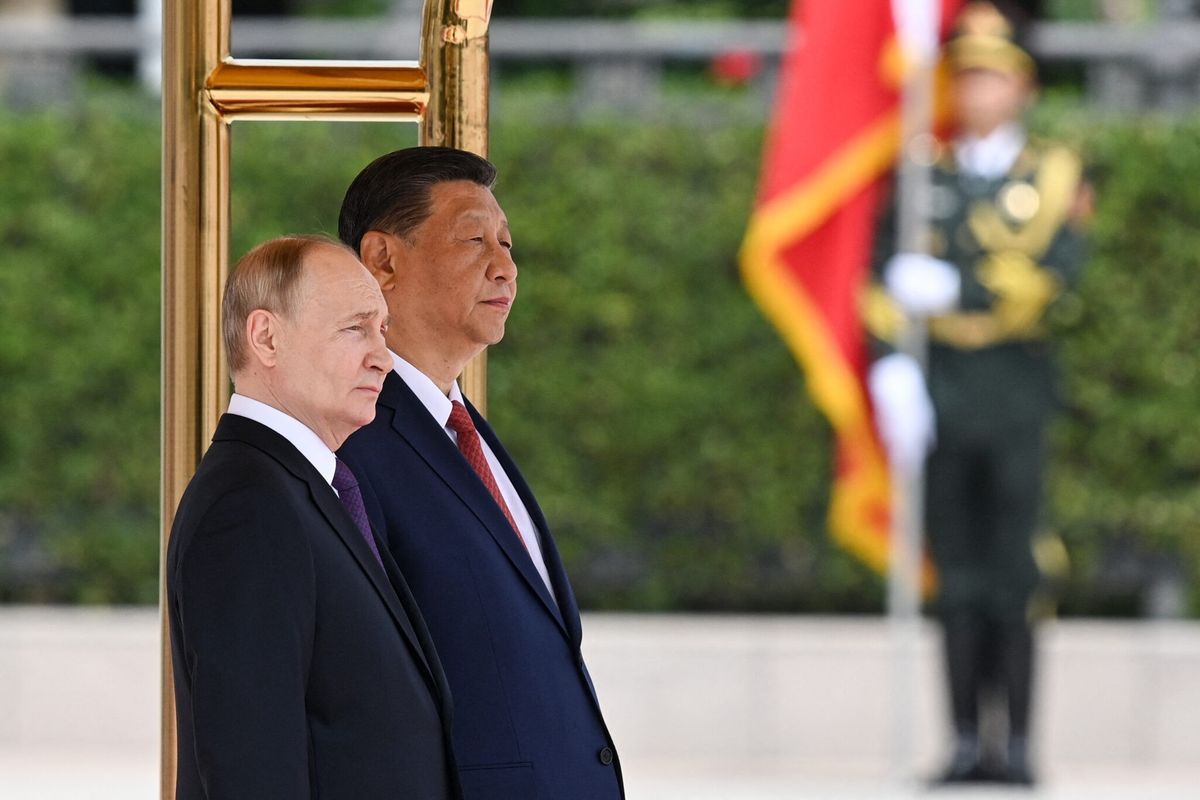North Korea announced Friday morning that it had successfully conducted its fifth nuclear test at the subterranean Punggye-ri test site. The U.S. geological survey confirmed a 5.3 magnitude earthquake nearby, stating that it was caused by an “explosion.” In an official statement, Pyongyang declared it had tested a "nuclear warhead that has been standardised to be able to be mounted on strategic ballistic rockets." The test has received swift condemnation from the U.S., Japan, South Korea, and China, and an international response – likely in the form of further sanctions - is sure to follow.
Putting aside the fact that North Korea exploded a fifth device in defiance of sweeping international sanctions and pressure, the test is significant for several technical reasons.
First, the frequency is increasing. This is the second test this year; the last occurred in January. Previously we have observed approximately 3 years between tests.
Second, this is the strongest test yet. Estimates on the blast range between 10 and 20 kilotons and causing a 5.3 earthquake. While atomic yield from subterranean tests are difficult to measure remotely by Richter scale, this is certainly the strongest tremor; previous tests never surpassed 5.1.
Third, North Korea’s capabilities may have crossed a crucial threshold. The North’s announcement that the test was of a nuclear warhead and not just a nuclear device should not be taken lightly. The statement implies North Korea has overcome all the barriers to attaching a warhead to a missile.
Underestimating the North’s technical milestones in the past has often proven incorrect, and regardless, we can be assured they are closer than ever before. This is especially worrisome given the successful tests of recent missile types: the intermediate range Musudan and the submarine launched KN-11.
Fourth, the type of material used is important. Absent so far is any indication that the North has made progress to test a hydrogen bomb, which would indicate the potential for an exponentially larger yield in future weapons. Given the relative strength of the yield, the fissile material type was likely plutonium and not uranium. North Korea has enrichment facilities for both types, but its uranium enrichment process is the least advanced of the two. We will have to wait for the results of atmospheric testing to be sure.
The stern reactions of the international community were swift. The U.S. warned of “serious consequences” while South Korea’s President Park Geun Hye called it “fanatically reckless” and stated "such provocation will further accelerate its path to self-destruction." Japan has “protested adamantly” while China is “firmly opposed” and urged North Korea to avoid further action.
China’s role in the international response will be the most interesting to watch. They have been the weak link in previous sanctions regimes and are one of North Korea’s only backers. And while they have been the mediator in nuclear negotiations, they are still adamantly opposed to the North’s possession of nuclear weapons.
The North Korean test comes amidst a perfect storm of its own accelerating technical achievements, signals of domestic discontent in the form of high profile defections, and its growing dissatisfaction with the international system. North Korea has timed previous missile tests with international meetings or military exercises at an accelerated rate this year - which all suggests either growing confidence or insecurity that has not been met with an adequate international response. This test is different- it remains to be seen if the international reaction will be different too.
Will Edwards is an international producer at The Cipher Brief.









